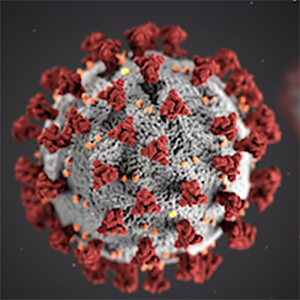Telemedicine and YouTube™: Video quality analysis before and after COVID-19 pandemic

Submitted: March 31, 2023
Accepted: April 6, 2023
Published: May 29, 2023
Accepted: April 6, 2023
Abstract Views: 668
PDF: 435
Supplementary material: 33
Supplementary material: 33
Publisher's note
All claims expressed in this article are solely those of the authors and do not necessarily represent those of their affiliated organizations, or those of the publisher, the editors and the reviewers. Any product that may be evaluated in this article or claim that may be made by its manufacturer is not guaranteed or endorsed by the publisher.
All claims expressed in this article are solely those of the authors and do not necessarily represent those of their affiliated organizations, or those of the publisher, the editors and the reviewers. Any product that may be evaluated in this article or claim that may be made by its manufacturer is not guaranteed or endorsed by the publisher.
Similar Articles
- Vincenzo Mirone, Francesco Di Bello, Simone Morra, Gianluigi Califano, Luigi Cirillo, Marco Abate , Giovanni Maria Fusco, Stefano Luzzago, Claudia Mirone, Luigi Napolitano, Roberto La Rocca, Massimiliano Creta, Giuseppe Celentano, Marco Capece, Gennaro Musi, Francesco Mangiapia, Nicola Longo, Claudia Collà Ruvolo, Telemedicine and social media: A contemporary analysis of the most shared content by internet users , Archivio Italiano di Urologia e Andrologia: Vol. 96 No. 1 (2024)
You may also start an advanced similarity search for this article.

 https://doi.org/10.4081/aiua.2023.11341
https://doi.org/10.4081/aiua.2023.11341




